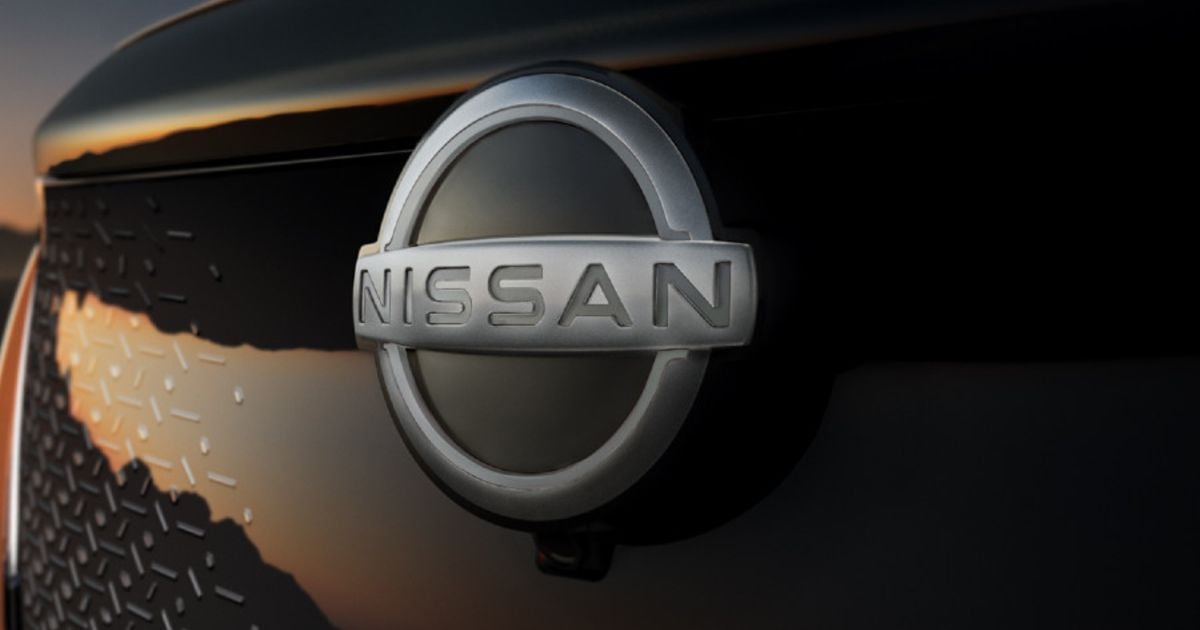
TOKYO — Nissan said it will be able to comply with U.S. local sourcing rules for electric vehicle tax credits starting in 2026 as it consolidates platforms and drivetrains for more competitive EVs.
The automaker will begin offering six EV nameplates in the important U.S. market starting that year.
The lineup will include a next-generation Leaf hatchback and the Ariya crossover, as well as four new models made for the Nissan and Infiniti brands at its Canton, Mississippi, plant.
The latter models, two sedans and two crossovers, will qualify for the full $7,500 EV incentive.
Nissan’s efforts to tap into the tax credits offered under the Inflation Reduction Act will be achieved through compliance with rules on final assembly, content from foreign entities of concern and the localization of battery components and minerals, COO Ashwani Gupta said.
“We as Nissan are confident that we will be complying for IRA with localization starting in CY 2026,” Gupta said at a briefing on Monday about the company’s electrification strategy.
The U.S. localization plan will include making electric powertrains locally, including a possible revamp of the Decherd, Tennessee, engine plant to make EV units. Nissan currently imports completely built electric powertrains from Japan for the Leaf assemble in Smyrna, Tennessee.
The company might also consider using a second source for batteries in the U.S., in addition to its current supplier Envision AESC, which makes batteries at the Smyrna factory complex.
Localized mineral supply, Gupta said, will be the most difficult challenge.
“IRA is challenging, but on the other side, it’s an opportunity to accelerate the competitive electrification,” Gupta said. “The question is how we manage that transition to full localization.”
Because of IRA, Nissan expects more than 40 percent of its U.S. sales to be full electric by 2030, up from an earlier prediction of just 40 percent.
Gupta said the ultimate sales ratio hinges on the finalization of IRA requirements.
The EV ambition represents a big jump. Nissan North America sold 729,350 vehicles in the U.S. in 2022. But the EV tally reached just 12,025 Leafs and 201 Ariyas.
Nissan also raised its outlook for EV sales in Europe, now targeting 98 percent of its volume in 2030, compared with an earlier goal of 75 percent in that time frame. That target includes full EVs as well as the company’s e-Power hybrid setup. Nissan credited increased EV demand and the ability to sell in the compact EV segment through its partner Renault.
Globally, Nissan expects to get 44 percent of its sales from EV or e-Power vehicles by 2030, up from an earlier vision of 40 percent announced in November 2021 under its Ambition 2030 plan.
Gupta outlined the road map while detailing new plans to streamline EV engineering.
Nissan will simplify powertrain designs and consolidate platforms to cut cost and weight.
Today’s more complex product planning matrix, for example, covers a narrow body platform and wide body platform with two battery size types and a standard or premium suspension.
The result is 16 possible variants, for the U.S., Europe and China.
In the future example Gupta cited, there will be only one platform for those regions, two batteries and one premium suspension. The streamlined offerings result in only three variants.
Today’s Qashqai crossover, Juke crossover and Leaf EV, for instance, all ride on different platforms. But from the next generation, they will share the CMF-EV architecture, he said.
The Renault-Nissan alliance has more than 100 models, 60 percent of which share platforms. From 2026, there will be fewer than 90 models, 80 percent of which will ride on common platforms.
The same simplification will apply to powertrain diversity.
In the 2020 fiscal year, Nissan had 49 powertains, covering four electrified and 45 internal-combustion offerings. That will shrink to 27 powertrains in 2026, with four electrified options and 23 engines. By 2030, it will be whittled to three electrified and 16 fuel-burning ones.
Gupta said Nissan will reduce not only its ICE options but also its electric ones through greater commonization for better economies of scale and more efficient use of R&D funds.
Software focus
As part of Nissan’s strategy update, Gupta said the company will also speed its shift to software-defined vehicles. That will include deriving revenue from in-vehicle services in the U.S. and European markets from the fiscal year starting April 1.
“We need to shift from products only to products plus services,” Gupta said.
Nissan will also expand the functionality and frequency of over-the-air vehicle software updates. Future updates, in the later 2020s, will happen as often as every three months and cover such systems as autonomous driving and electrified powertrain settings.
From 2025, Gupta said, software running key mobility technologies inside the car will be 100 percent designed and coded by Nissan. Key systems covered will include Nissan’s ProPilot automated driving setup, energy management and mobility services. The company has 4,000 software engineers, both employees and contractors, working on the push.
Gupta promised that the billions of dollars Nissan has plowed into the initiatives in recent years will start paying off in 2025. Said Gupta: “Now we are getting ready for the harvesting.”